Climate Now Episode 65
August 23, 2022
Can oceans save us? Part I: Using oceans to pull more CO2 from the air
Featured Experts
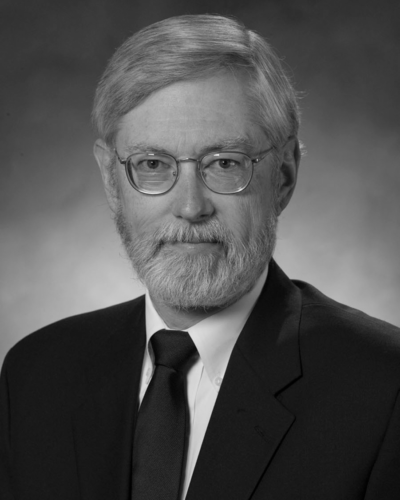
Greg Rau
Co-founder and CTO, Planetary Technologies

Greg Rau
Co-founder and CTO, Planetary Technologies
Greg Rau is a biogeochemist, and a Co-founder and Chief Technology Officer at Planetary Technologies. Planetary has developed a method of performing Ocean Alkalinity Enhancement (OAE) that they believe, if done at scale, can rebalance the carbon in our atmosphere and oceans.

James Lindsay
Vice President of Investment, Builders Vision

James Lindsay
Vice President of Investment, Builders Vision
James Lindsay is the Vice President of Investment at Builders Vision, an impact platform dedicated to supporting people and organizations building a more humane and healthy planet through philanthropy, investment and advocacy.
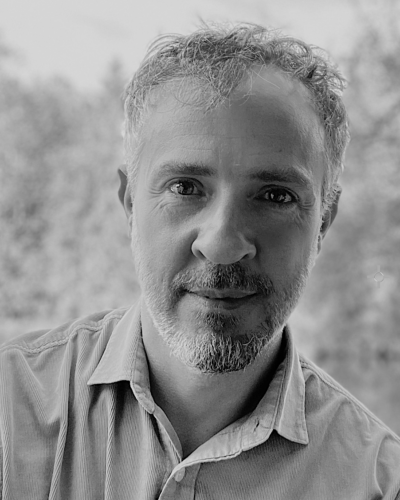
Mowgli Holmes
Co-founder and CEO, Submarine

Mowgli Holmes
Co-founder and CEO, Submarine
Mowgli Holmes is a bioligist, and co-founder and CEO of Submarine, a company that builds computational climate models in an effort to make carbon drawdown possible and safe.
In this Episode
More than 4 billion years ago, when Earth was still in its infancy, the atmosphere held more than 100,000 times the amount of CO2 it does today. Ever so slowly, that CO2 was absorbed into the oceans, where it reacted with rocks of the seafloor or was scavenged by organisms, eventually becoming trapped in sediment and slowly sequestered into Earth’s deep interior. This is the Earth’s deep-carbon cycle – nature’s way of regulating greenhouse gasses.
This week, Climate Now takes you on a special three-part podcast series that explores a novel suite of technologies, termed Ocean Carbon Dioxide Removal (CDR), that aims to speed up Earth’s natural GHG regulator by enhancing the biogeochemical processes already happening in the oceans. In our first episode, we are joined by a suite of entrepreneurs who see the climate-saving and profit-making potential of Ocean CDR, who walk us through what these technologies are, how they work, and why they could be so valuable to mitigating climate change.
Related Media:


Climate Now: Aug 23, 2022
Can oceans save us? Part II: The tricky science of ocean carbon capture
Did you know plastic bags were originally intended to be an environmental solution? The idea was to replace paper bags in an effort to reduce deforestation. In 1935, cane toads were another fix – they were introduced to Australian sugarcane plantations t
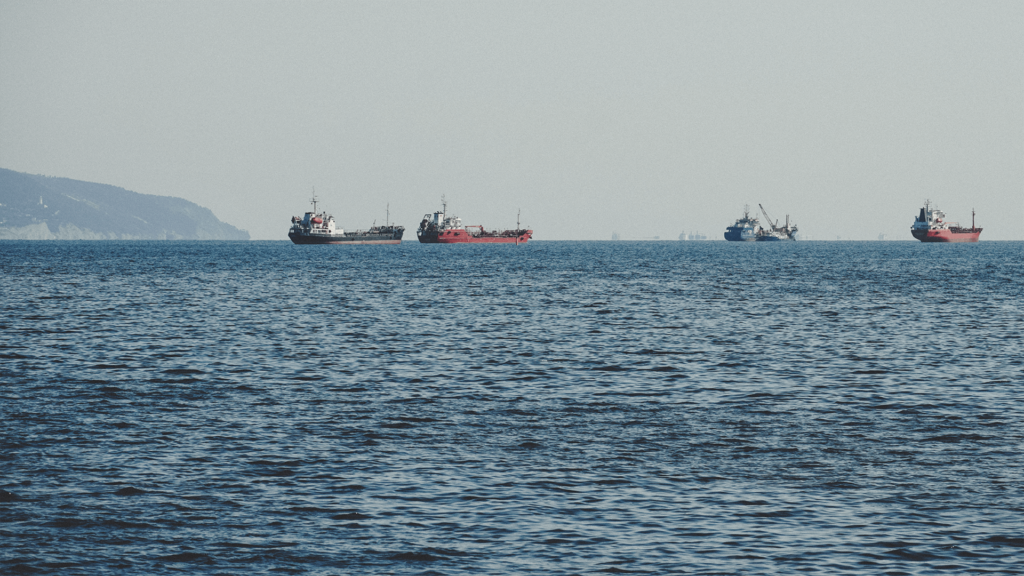

Climate Now: Aug 23, 2022
Can oceans save us? Part III: The laws of the sea
International waters don’t belong to anybody, but everybody is connected to them. Like the global burden created by greenhouse gas emissions from any one country, company or individual, what a single country or corporation chooses to put into the ocean as a


Technologies Ep 9
Oceans for CO2 removal & storage: What, why and how?
Using carbon dioxide removal (CDR) strategies to mitigate climate change is a land-intensive endeavor. To capture one gigatonne of CO2 through direct air capture requires a facility & energy production footprint of at least hundreds, but potentially tens o


Climate Now: Dec 16, 2021
Ocean-Based Carbon Dioxide Removal and Geoengineering with Wil Burns
Earth’s oceans play a key role in slowing climate change, absorbing nearly a third of anthropogenic CO2 emissions. And they could, potentially, absorb more. In this episode, Climate Now explores developing methods to enhance ocean-based carbon dioxide r
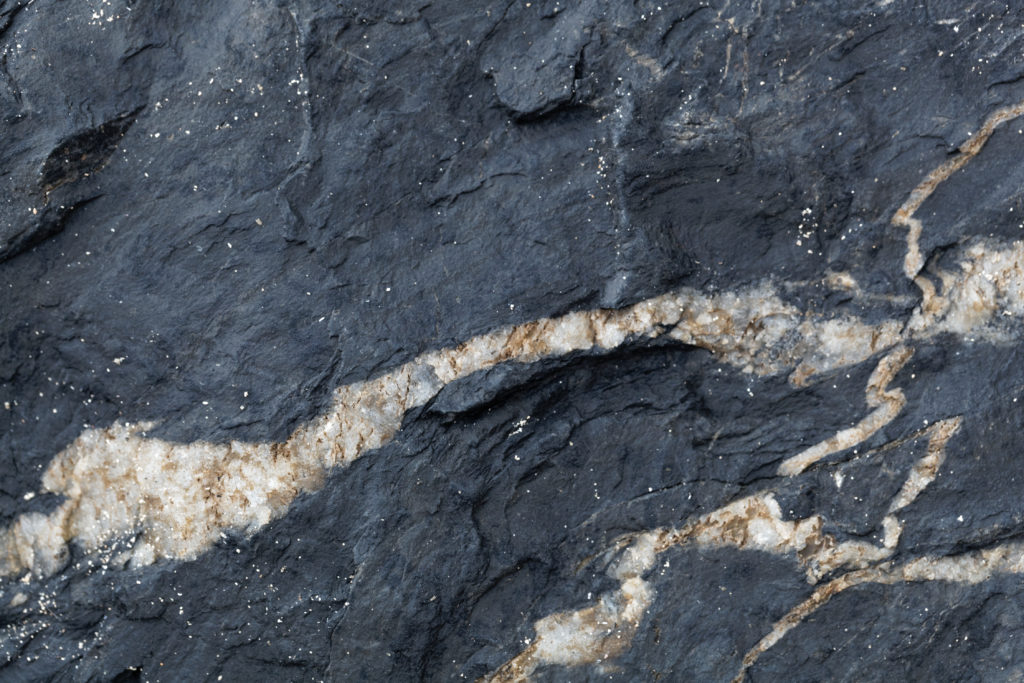

Technologies Ep 7
Carbon Dioxide Removal: Mineralization
There are several methods of removing carbon dioxide from the atmosphere – both natural and technological – and each method has its tradeoffs. Carbon mineralization is the most secure option for carbon dioxide removal (CDR) as it permanently seques
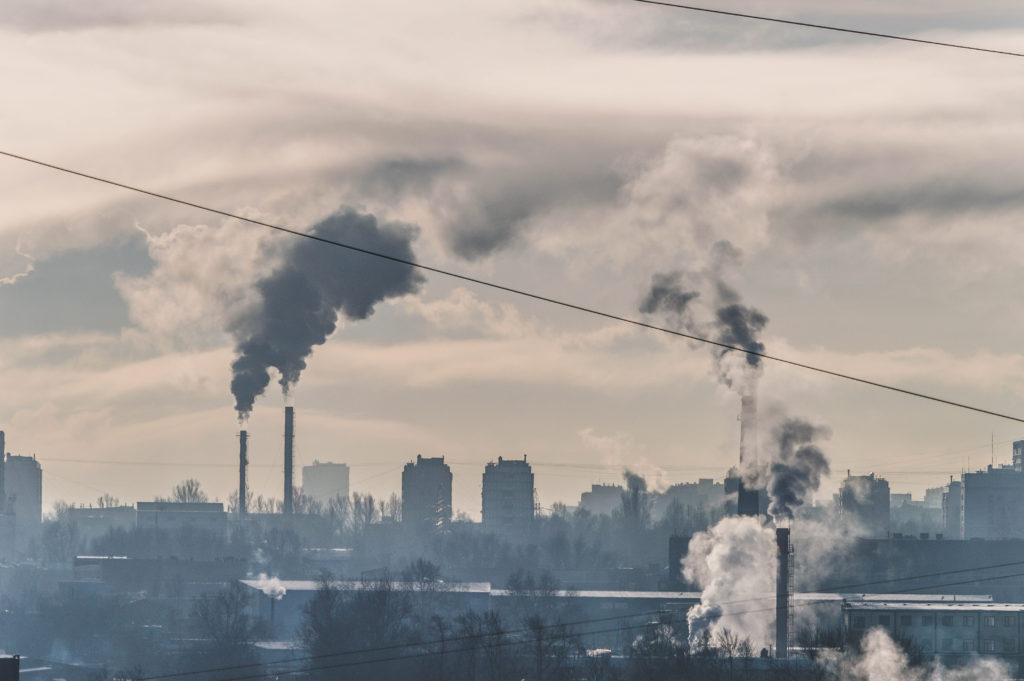

A Climate Change Primer Ep 7
Carbon Dioxide Removal (CDR)
In order to reach global net-zero emissions by 2050, we must remove CO2 from the atmosphere as well as prevent further emissions. Carbon Dioxide Removal (CDR) can be accomplished naturally – through forests, soil sequestration, or mineralization –
Episode Transcript
[00:00:00] James Lawler: Welcome to Climate Now, a podcast that delves into the scientific ideas, technologies, and policies that will help us address the global climate crisis and reach a net-zero future. I’m your host, James Lawler. If you find today’s episode interesting subscribe to our weekly newsletter at climatenow.com.
[00:00:22] James Lawler: Our newsletter connects current news in the climate and energyspace to our podcast and video content to help you gain a deeper understanding of this rapidly changing space. On our website, you’ll also find dozens of conversations with other experts and videos explaining key ideas related to the energy transition and climate science.
[00:00:48] James Lawler: I hope you’ve got your life jackets, because for the next three episodes, the Climate Now podcast is going to take to the seas with an investigation of ocean based carbon dioxide removal strategies, or so-called ocean CDR. In this first episode in the series, we are going to learn about techniques that could increase the ocean’s uptake of carbon dioxide from the atmosphere, so that in theory, it can remain safely stored there beneath the waves for hundreds or thousands of years.
[00:01:18] James Lawler: Right now, you might be asking yourself some perfectly valid questions, like: how could this possibly be done? Can it be done at scale? Are there risks associated with manipulating the chemistry and biological processes of the oceans? And how will these activities be monitored and regulated?
[00:01:35] James Lawler: These are the questions we investigate in the next three episodes, and because these issues are so wide and deep, much like the ocean itself, I’m honored to be joined by Dr. Wil Burns, a visiting professor of Environmental Policy and Culture at Northwestern University, who will co-host this series with me.
[00:01:54] James Lawler: Wil is also a co-executive director emeritus of the Institute for Carbon Removal Law and Policy at American University and a reviewer for the Elon Musk XPRIZE for Carbon Removal. He has spent decades researching what policies and assessment metrics are needed to ensure CDR techniques do what we want them to do.
[00:02:15] James Lawler: We’re very grateful for his expertise and critical eye as we explore these nascent technologies.
[00:02:20] Wil Burns: Thanks, James. Well, even with so many open questions about the safety and effectiveness of ocean CDR techniques, scientists, entrepreneurs, and investors are already diving into potentially massive opportunities that are associated with ocean CDR.
[00:02:36] Wil Burns: Here’s Mowgli Holmes, founder of a company called Submarine, explaining why:
[00:02:44] Mowgli Holmes: The ocean is a huge carbon pool. On all of the land, there’s about 4,000 gigatons of carbon, including the plants. In the ocean, there’s 40,000 gigatons of carbon.
[00:02:54] James Lawler: Mowgli’s company, Submarine, develops models of how much carbon can be drawn down using different CDR techniques.
[00:03:02] James Lawler: As he notes, the current reservoir of carbon in the ocean is huge. If we were to try to increase it by just 1%, that would be enough to trap about four decades’ worth of carbon emissions at today’s rates, which might be a necessary climate life raft if we can’t decarbonize fast enough. Of the many potential technologies that could use oceans to trap CO2, there are two that Submarine has identified through their modeling as leading candidates.
[00:03:31] Mowgli Holmes: So, the National Academies came out with a report recently, and I think they covered six potential ways of doing it. There’s more than that, and many of the ways are combinations, but I think the two leading candidates at the moment are kelp farming, which is analogous to planting trees. It uses photosynthesis to fix CO2, and in theory, if you sink the kelp to the bottom of the ocean, it could remain stored for a long time.
[00:03:56] Mowgli Holmes: And then the other, and I think a lot of people in the field believe the most promisingly, is ocean alkalinity enhancement, where you are using either rock dust addition or electrochemical methods to actually change the chemistry of the ocean. You know, push it away from the acidification that’s been taking place in a way that will allow the ocean to have the right chemistry to then draw down more carbon dioxide from the atmosphere.
[00:04:19] James Lawler: Can you speak a little bit more to what this alkalinity enhancement is? How does that relate to ocean acidification, for example?
[00:04:26] Mowgli Holmes: Alkalinity is a complicated concept, and it has to do with the ability of the neutralize or to absorb acid. CO2 is a weak acid. When CO2 goes into the water on its own, it slowly makes the ocean more acidic, which is destroying corals and upsetting ecosystems globally. So, we actually don’t want to just shove more CO2 into the ocean. Intuitively, that’s a bad idea because it’s already killing things. But the ocean has this alkalinity set point, which determines how much CO2 it can absorb without getting more acidic.
[00:04:59] Mowgli Holmes: If it’s done right, it can be seen as restoring the ocean to its natural chemical state.
[00:05:05] Wil Burns: But how do you do this right? How do you facilitate more absorption of carbon by the oceans while minimizing the environmental fallout?
[00:05:13] James Lawler: Wil and I spoke with a scientist and entrepreneur who believes he has an answer.
[00:05:17] James Lawler: Greg Rau is a co-founder of Planetary Technologies, a company that is developing ocean alkalinity enhancement or OAE methods that use waste dust and rock from mining operations to make seawater more alkaline.
[00:05:34] Wil Burns: So, Greg, you’ve had this idea for about a decade, right? Can you tell me how you came to this initial idea and what have you learned from it since that you think will make a company like planetary technologies viable?
[00:05:50] Greg Rau: I’ve always been interested in the idea of using geochemistry and marine chemistry as a way of managing atmospheric CO2 or managing CO2 in general. What I struck upon was the idea that one could combine electrochemistry and geochemistry to sort of speed up this natural process. That’s sort of the long term global response to excess atmospheric CO2.
[00:06:18] Greg Rau: What happens is you have excess CO2 that combines with water to form a weak acid that then reacts with minerals to generate this bicarbonate and carbonate to consume CO2 that ultimately winds up in the ocean. That’s the long-term, big scale way that the earth naturally consumes a large part of excess CO2.
[00:06:41] Greg Rau: So, really what we’re doing here is trying to speed this up rather than taking, say, a hundred thousand years for this to happen. We really want it to happen much more quickly.
[00:06:49] James Lawler: For those who don’t know what that is, what is electrochemistry?
[00:06:52] Greg Rau: In this context, I’m using electrochemistry, electrolysis specifically, to split water and salt. And there are four things that you do when you split a salt and water. You make hydrogen, oxygen, a base, and an acid, but I was interested in the base side of this, and also the acid side. The base, it’s a hydroxide, and it’s very absorptive of CO2. So, I figured if somehow we could harvest that hydroxide, expose it to air, consume CO2, and make bicarbonates and carbonates,
[00:07:26] Greg Rau: that could be a way of doing air capture. The acid side of it though is a problem. If we’re going to do this at gigaton scales, we don’t want to be generating gigatons of acid without a good use for it.
[00:07:39] Greg Rau: One idea is to simply combine that with alkaline minerals, and the earth is blessed with a lot of basic minerals. They behave as a base, and if you add acid, you will make neutral salts from that. So I and others, struck upon this idea of taking this acid and simply neutralizing it with abundant alkaline and minerals to then solve what to do with the acid part of this, especially at large scales, where the volume of acid you’d be generating is much larger than commercial use of acids.
[00:08:19] James Lawler: Where do you get the minerals to combine with the electrochemical reaction?
[00:08:24] Greg Rau: Yeah. Right. It turns out that most mining activities generate a lot of waste, tailings of waste rock, waste mineral that’s not used and just piles up, and there’s many gigatons of this around the world. So, the low-hanging fruit here is to focus on existing waste rock piles, if you will, as the source for neutralizing the acid that we generate.
[00:08:49] Wil Burns: What do you see as the potential primary risks to either terrestrial or ocean ecosystems from this process?
[00:08:58] Greg Rau: Well, that’s a good question. We need to find out what those are. There are some benefits to what we’re doing, but then the question is: do those outweigh the negative parts of this?
[00:09:09] Greg Rau: Certainly we’re dealing with rocks that can have a variety of stuff in them, other than what we want. There’s other metals in there, asbestos and other things in there. I might say that when we are processing asbestos-containing rocks, we actually consume that asbestos, so that’s a good thing.
[00:09:29] Greg Rau: But we do generate these other metal salts that we have to be careful where we put them. One is nickel, chromium, et cetera. Our approach is to remove those from our end product and actually provide some additional revenue streams, because nickel and cobalt are very essential as battery metals and other processes that are very important for the new green economy. So, our approach hopefully is beneficial to the environment on the land side.
[00:10:01] Greg Rau: Now, on the marine side, because we’ve done a lot of cleanup of this alkalinity that we’re going to add. We think it’s pretty clean and pretty safe. It’s a magnesium hydroxide. This hasn’t been commonly added to seawater, but we’re doing this experimentally now, we’re studying the effects, so certainly we wanna be sure that this is both safe and effective to add at scale, so we’re working on that right now.
[00:10:27] Wil Burns: Okay – that was a lot of geochemical reactions, so just to walk you through the steps of this process: Planetary Technologies would perform electrochemistry on a salt solution they create from these mining tailings, or rock waste. Of the outputs from the electrochemical reaction: the hydrogen, oxygen, acid and base, the acid part would hold all the heavy metals that could be separated out and sold to battery companies. What is left could be neutralized with more rock waste to produce more salt, to seed the next electrochemical reaction. And the base output of the reaction would be this magnesium hydroxide which could be added back into the ocean as ‘alkalinity enhancement’, essentially making the ocean a little more alkaline, so more CO2 will dissolve into the ocean as carbonic acid to keep the ocean’s pH at that ‘alkalinity set point’ that Mowgli was talking about.
[00:11:26] James Lawler: Greg, your process is a lot of steps and a lot of outputs. Which of those is the product of the company? That is, can you explain which of the things that Planetary Technologies does are going to make it a viable business?
[00:11:40] Greg Rau: Well, it does multiple things. It does carbon dioxide removal. That’s one of the primary things it does and we hope will be a source of revenue for the company, but it’s not the only thing it does. Because of our electrochemistry and because we’re using electrolysis and we’re splitting water, we’re obviously generating hydrogen.
[00:12:01] Greg Rau: So, this is another part of our product line here is that we’re generating green hydrogen.
[00:12:10] James Lawler: And for our listeners, green hydrogen is hydrogen fuel made using low or no carbon methods, which you can learn more about in our video on hydrogen fuels at climatenow.com.
[00:12:21] James Lawler: Okay, back to Greg on how Planetary Technologies plans to make all this work from a financial standpoint.
[00:12:29] Greg Rau: Well, it does come down to economics, this whole thing. And our goal here is to drive down the economics. So it does make sense from a dollars and cents perspective. Right now, it’s very expensive. Let’s put it that way. And a lot of that expense comes down to the efficiency of our electrochemistry.
[00:12:48] Greg Rau: Right now, our electrochemistry isn’t super efficient, but we have some ideas on how to make that more efficient, and thus drive down the cost of doing this. So, it’s hard to come up with a dollar number right now, but we hope to be competitive with other sources of hydrogen and other methods of carbon dioxide removal because we do these multiple things, each of which has a potential revenue stream.
[00:13:16] Greg Rau: So, while our hydrogen in gross might be more expensive to produce than other sources of green hydrogen, with revenues from carbon dioxide removal and from metals and from other sources, we can actually drive down the net cost of that, so that’s really our business model is to come up with several co-products that can help drive down the net cost of any one of those.
[00:13:39] James Lawler: As Greg alluded to, there are at least three boxes Ocean CDR projects have to check. 1) they have to be effective 2) they have to be safe for the environment and 3) they have to be economical. Admittedly, most methods aren’t quite there yet. The ocean alkaline enhancement strategy seems to be very effective, but there are still questions about safety and economic viability and scale.
[00:14:03] Wil Burns: These challenges aren’t deal breakers. They’re more like growing pains for a brand new industry, and we’ll get into them more in the next episode. But a key point that Greg mentioned was that one potential source of revenue for them, and all ocean CDR companies, will be the value of actually sequestering the CO2 in the ocean.
[00:14:21] Wil Burns: And this revenue stream really isn’t in place yet. It could potentially come from government incentives or from the carbon offset marketplace where people will pay for credits to offset their own carbon emissions.
[00:14:34] James Lawler: For the other ocean CDR technique that Mowgli Holmes mentioned, kelp farming, being paid to bury carbon in the ocean, would most likely be a primary part of the business structure.
[00:14:45] James Lawler: Kelp farming falls in the category of nature-based solutions. Those solutions that restore or support natural CO2 removal processes, like growing trees or kelp. Will and I spoke with James Lindsay, who is Vice President of Asset Management at Builders Vision, an impact investment platform funded by Rob Walton that helps its portfolio companies develop sustainable and ethical business models.
[00:15:10] James Lawler: James explained to us how Builders Vision is working to lay the foundation for the ocean CDR market for nature-based solutions. So James, I’d love to start with your role today at builders vision, and how you got to where you are.
[00:15:24] James Lindsay: Yeah, so high level, I’ve got a multifaceted role here, a part of our impact investing team.
[00:15:31] James Lindsay: The largest part of that has been co-leading an ocean focused fund, or platform, we don’t use a traditional fund structure because we work for a single individual, that’s really focused on building the private market for ocean-based investing. In clean energy and in food and agriculture, there’s a lot of sustainable private vehicles out there that have been doing a great job.
[00:15:52] James Lindsay: As most people know in the ocean sector, there’s not that many investors. Also, on the public side, there’s not very much going on. We don’t focus there yet. So, our goal is to really build the ecosystem. So, we’re looking for first time fund managers in the VC or PE space to support. We try to be an early commitment.
[00:16:09] James Lindsay: We also look for accelerators to support, and we will direct and seed early rounds of direct investments, catalytic impact potential, is how we classify it. Essentially, these will be groups that either are waiting on regulation changes that will foster along the adoption of their technology or service, or they have a large technical risk that will deter a lot of other traditional sources of capital.
[00:16:31] James Lindsay: So, lots of R&D in my direct portfolio, lots of regulatory issues. So, you’ll see things a lot like fisheries’ technologies that have just slower adaptation to things, that have things still coming out of the laboratory.
[00:16:43] James Lawler: Why is it that the oceans are sort of a neglected space? I mean, I’ve always thought it sort of curious, given that the oceans span, what is it, 70 percent or more of our planet’s surface, and yet to your point, so few of us are paying attention to them. Why is that?
[00:17:00] James Lindsay: Great question. I would say it just goes along with the general story of the oceans are completely underexplored. No one really understands them in full, whether it’s from a true physics or chemical side, or from an industry side. You know, there haven’t been that many dominant players in the public markets outside of the shipping companies and oil and gas companies that work in the oceans.
[00:17:20] James Lindsay: So, when you want to think about aquaculture, you can go to Norway and find a lot of mid-cap public companies, but there’s no real sector leaders. But yeah, I don’t know if anyone who’s been in the sector longer can really explain it. Personally, I would say there’s a lot of regret from the Cleantech 1.0 Crash that still overlays the more fringe side of sustainability, and oceans probably would fall in that bucket.
[00:17:46] James Lawler: Maybe, you know, if you could speak to the CDR ecosystem as it currently exists. You look at funds, you also look at companies, what is the space like today? Give us a little bit of color on that.
[00:17:59] James Lindsay: Yeah. So, we’re most involved with nature-based solutions. Mangrove restoration, eelgrass and various marshes, we have a lot more involvement with. We are not directly invested in anything. else, as far as primary groups are concerned.
[00:18:17] James Lindsay: One example is Urchinomics. This is a group that’s collecting sea urchins from kelp barrens. Sea urchins decimate kelp in the wild, they’re little goblins, these kelp-eating devices, and they just die in place and come back to life whenever they have access to more food. So, they’re kind of indestructible in the wild. They can eat up major kelp forests really quickly.
[00:18:46] James Lindsay: So, Urchinomics is going in with local divers. They’re collecting urchins, and they’re bringing them onshore to fatten them up and sell them to market, but they’re also seeing incredible restoration effects.
[00:18:59] James Lindsay: Initially, they assume they’d have to go in and clear every urchin out of a barren for it to be effective, and they’re proving that they don’t have to get them all. They can, you know, just pick the big ones and they still have a great impact. So, that’s one of our more direct nature-based CDR investments.
[00:19:12] James Lindsay: We also are focusing a lot more on more of the service providers associated with this. We’ve recently invested in Plan Blue which is basically trying to automate interpretation of these impacts. So, they’ll be attaching various tools such as hyper-spectral imaging onto underwater devices, either manually collected information or on automated vehicles, with the goal of really attempting to quantify the biomass.
[00:19:38] James Lindsay: So, if you have a coastal restoration project, you know, instead of having to go out and take direct samples from the sea floor, you can just zoom by with an ROV, and it’ll hopefully be a much more scalable way to assess what some of these nature-based efforts have achieved, which we think is really a major barrier to adapting CDR at scale.
[00:19:57] James Lawler: In what ways are various players looking to actually make money in this space, and sort of how developed are those strategies at this point?
[00:20:05] James Lindsay: They’re pretty all over the map from what I’ve seen. We don’t directly play with credits. We don’t have to. So, I’m not that up to speed to be honest, but we do support a lot of partners that are focused, especially on the nature-based solutions.
[00:20:18] James Lindsay: Most of them are pretty traditional in that they’re going in and they’re restoring a mangrove forest or planting grasses, which they’re kind of immediately selling the credits… which is great. I know I have a skeptical look on my face as I’m saying that, but that’s about all we’ve seen.
[00:20:35] James Lawler: I guess, and when you guys assess a strategy that would call for selling credits, do you accept that at sort of face value, or is there any kind of interrogation as to like, okay, how viable are these credit markets? How well do we think they’ll withstand sort of changing understandings of the reliability of the strategy to long-term store CO2?
[00:21:04] James Lindsay: We are very privileged in that we are long-term investors, we don’t have a finite time horizon, and my portfolio in particular is designed to take risks.
[00:21:12] James Lindsay: So, that’s a nice way of saying, we don’t underwrite like you’re gonna be getting revenue from carbon credits anytime soon. We generally assume that once it’s something more commercial, that it will be bankable and it will track just like California’s credit system, all that, and we don’t assume it’ll be any higher than that.
[00:21:34] Wil Burns: Right, but California’s system is kind of a quintessential example that’s been racked by a lot of claims, especially in the forest sector, that there is gaming of the system. So, looping back to James question, if you’re relying on industry representations, which I fear California has been doing to a large degree, and independent assessments indicate that there’s widely divergent realities, right,
[00:22:02] Wil Burns: How and what role do you have in ensuring that that doesn’t happen in the CDR sector, in the ocean?
[00:22:11] James Lindsay: Right now, I think you might know this better than I do, but there are what’s, I just pulled this data over the weekend, there are 60-some organizations attempting to be a third party verification group, or sorry, 20 standard-setting development organizations with 66 methodologies for 19 different versions of certificates in voluntary and compliance markets.
[00:22:33] James Lindsay: It’s mayhem, right? Like, it’s just going to be ripe for either intentional misleading or unintentional issues. I do think we’re going to really need somebody to step in with a stronger verification system. And then, that gets us more excited about things like Plan Blue, who will be providing monitoring verification services in some capacities, which will be really essential to scale.
[00:22:58] Wil Burns: Do you think it’ll be cost viable with stringent verification?
[00:23:01] James Lindsay: I think it will be because the demand for carbon credits is just gonna be skyrocketing over the next two decades. I don’t know anyone whose models say otherwise. So, if they’re trading for a couple hundred dollars a ton, which I think is relatively realistic, I think it’ll be viable for service providers to exist in that ecosystem. That can be pretty robust.
[00:23:23] James Lindsay: Maybe that’s just optimism.
[00:23:24] Will Burns: You were talking about co-benefits, right? I would think that for a lot of these approaches, especially the blue carbon approaches, from a business perspective, a lot of the potential value added comes not from the carbon removal, but some of those co-benefits. Are you able to incorporate that into your business model, currently or envision doing so in terms of these projects?
[00:23:48] James Lindsay: We do, from a very qualitative standpoint. When we move in, we see a lot of benefits. This is social development, this is water quality directly, because we’ll be going in and supporting groups like EConcrete to come into San Diego and get going in their harbor, which we just saw last week in person. They’re also one of our portfolio companies.
[00:24:09] James Lindsay: It’s been really positive to see this result compounding, and we hope to see more and more of it. But when we want to talk about direct ecology, you know, if you’re growing kelp, you’re rebalancing pH levels much more quickly, you’re creating natural ecosystems for critters. You have a much better spot for small to large fish to have a safe habitat.
[00:24:32] James Lindsay: If you’re harvesting it, it’s still a great thing to see.
[00:24:35] James Lawler: Interesting. So, James, then from an ocean CDR investor perspective, what are the criteria that you’re really looking for in a company that you might invest in?
[00:24:47] James Lindsay: Basically, we are looking for outsized impact. So, the top line is, is this a mission focused business?
[00:24:56] James Lindsay: As in, they’re not strictly here to make a buck. We hope they all make a lot of money for every reason under the sun, but if it’s truly just a commercial venture, it’s probably not for us. So, if it doesn’t tie to our impact strategies, we lose interest pretty quickly. And we do have other tools around the office for groups that are much more on the commercial side, but even them, and everything we do in this office, is focused on sustainability in some form.
[00:25:22] James Lindsay: Even if it’s a bond manager for a core portfolio, or, you know, the more traditional boring side of asset management. Outside of their commitment to impact, we focus on anything in the ocean ecosystem. There are a lot of people thinking about this from a basic sciences principle, whether it’s alkalinity or fertilization efforts like ARN that are really not getting on the main stage yet.
[00:25:44] James Lindsay: So, I do think we need to start finding ways to celebrate those entrepreneurs more, just so people know what suite of technology is coming.
[00:25:52] James Lawler: To sum up, the ocean is a big place with big potential for carbon removal and storage, and there is a growing body of scientists and entrepreneurs who are looking to ocean CDR as the next big tool in the effort to stop climate change. There is also a new generation of mission driven investors focusing on the so-called blue economy.
[00:26:12] Wil Burns: But we also have a lot of unanswered questions. Are most of these projects tested and proven effective? Are any of them? How do you standardize and regulate a carbon removal market that’s based in international waters?
[00:26:26] James Lawler: In part two of this three-part series, we’ll look at the challenges facing ocean CDR, and how even simple projects like kelp farms are far more complicated than you might think.
[00:26:36] James Lawler: We’ll also discuss some potential solutions to those challenges, so stay tuned.
[00:26:45] James Lawler: That’s it for this episode of the podcast. If you’d like to get in touch, email us at contact@climatenow.com or tweet us @weareclimatenow. We hope you join us for our next conversation!
[00:27:00] James Lawler: Climate Now is made possible in part by our science partners like the Livermore Lab Foundation. Livermore Lab Foundation supports climate research and carbon cleanup initiatives at the Lawrence Livermore National Lab, which is a Department of Energy Applied Science and Research Facility. More information on the foundation’s climate work can be found at livermorelabfoundation.org.